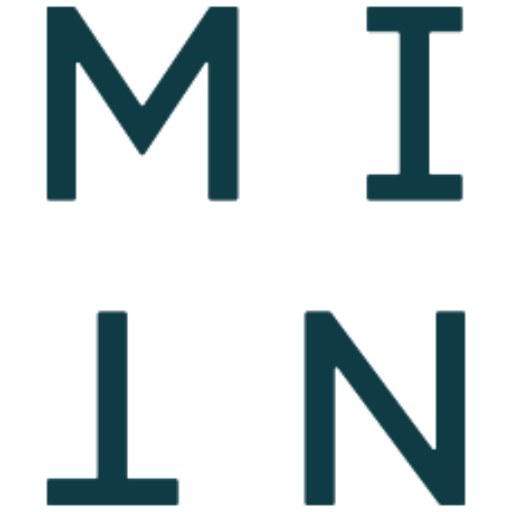This week’s announcement that new owners Mercury Capital were to permanently close eight of Bauer Media’s magazines sent shockwaves through the MINT office and the wider media and communications landscape.
A devastating loss given the industry was already struggling with widespread production changes and temporary closures due to the COVID-19 health crisis, the decision will impact 40 staff but also a wider network of creatives who worked closely with the affected titles.
We are hopeful that the highly skilled and talented team of writers, editors, photographers and artists soon find a new home, maybe starting a new venture on their own or with their former colleagues.
So, while our initial shock starts to fade and we take time to reflect, we remain buoyed by the thought of what will come next as competition and innovation is crucial for a diversity of voices in the media.
In recent years we have seen a new wave of independent, niche and digitally focussed outlets rise to prominence by creating highly engaging content targeted to a new generation of consumers. No longer ‘new media’, titles like Urban List, Broadsheet, Junkee and D’Marge are part of everyday life for many with a deep connection to and knowledge of who their audience is.
And our magazine houses have fostered some of the greatest talents in Australian media – think of Mia Freedman’s Mamamia, Eleanor Pendleton at Gritty Pretty, Lauren Quaintance and Storyation and even as recent as last month, the launch of Tonic, a new online publication aimed at women over 45 created by a team of former Dolly staffers.
However, what the Bauer situation, and the many other shake-ups to established media outlets shows, is a stark reminder that the way we consume media continues to change. The pandemic has only spurred this on at a greater speed than many of us had anticipated.
What it does highlight is the need for both clients and communication agencies to challenge each other and examine ways to improve how we work together and what stories we tell.
Legacy is one thing, but you’ve got to modernise your offering and focus on who your customer is. The fact is different generations consume news and content in different ways.
Unlike countries where media is controlled, Australian media still champion unbiased journalism. The value of this cannot be devalued over a fan, a like, a click so PR is more valuable than ever before.
With a fragmented landscape and younger generations who are used to being fed a curated collection of news rather than actively searching for it, a skilled communications expert can craft a story that will connect with readers and engage them with your brand.
At 43, I am fully aware that my media habits are not like that of family members, colleagues and even friends. I will occasionally read a weekend newspaper (for non-work purposes) and a special interest magazine – my current obsession is design and interiors – but most weekdays I log on and type in the web address of my three favourite trusted news sources. However, I also regularly find myself on other news sites having clicked on a story from Facebook.
My father on the other hand religiously reads his daily local newspaper (back to front starting with sport), listens to the radio and watches the nightly TV news. He has a shared Facebook account with his partner to keep in touch with family and friends. I’m always a little confused as to who is messaging me.
Social media is almost the sole news source for a millennial colleague. She will dabble on popular mainstream fashion and lifestyle websites and read pop culture recaps for fun. The only printed media she consumes is the local paper, delivered free to her house. Having written for NewsLocal this made me smile.
Like most of Gen Z, my 21-year-old cousin never pays for news, staying informed by what’s trending on Twitter and hot topics amongst her peer group on social. She laughed when I asked if she ever reads a newspaper or bought a magazine. It sounds like a generational cliché but it’s true.
In recent years we’ve seen the rise of independent publishers, niche titles and digital only outlets and the fact is we all need to embrace this change and remember this when putting together client strategies.
However, publishers need to understand that as marketers we need detailed data and true results in context. Comms specialists need to realise that impressions don’t mean influence. And clients must be educated that a masthead no longer guarantees reach.
As our media habits change throughout our lives. So too will the media landscape and its influence so our approach to earned media must adapt too.
As communications experts it’s our job to help tell a brand’s story. But what if a client’s key message does not have a strong media hook or worse yet is not what the end consumer wants to hear?
We need to trust each other as experts in our respective fields and be more open to frank discussions, much like a political party room, before presenting a united front to the general public.
Who is your existing customer and target audience? What is your communication goal? Brand awareness, positioning or conversion?
If you’re targeting a particular generation what are they reading and how do they access this information? Is traditional coverage in a newspaper the best outcome or should you focus your attention on a popular podcast or even a Facebook Group.
By working together and continuing to evolve, we will all be better placed to devise creative and integrated strategies, programs and campaigns.
For more information, please contact Nathan McIlroy: nathan@themintpartners.com.au


